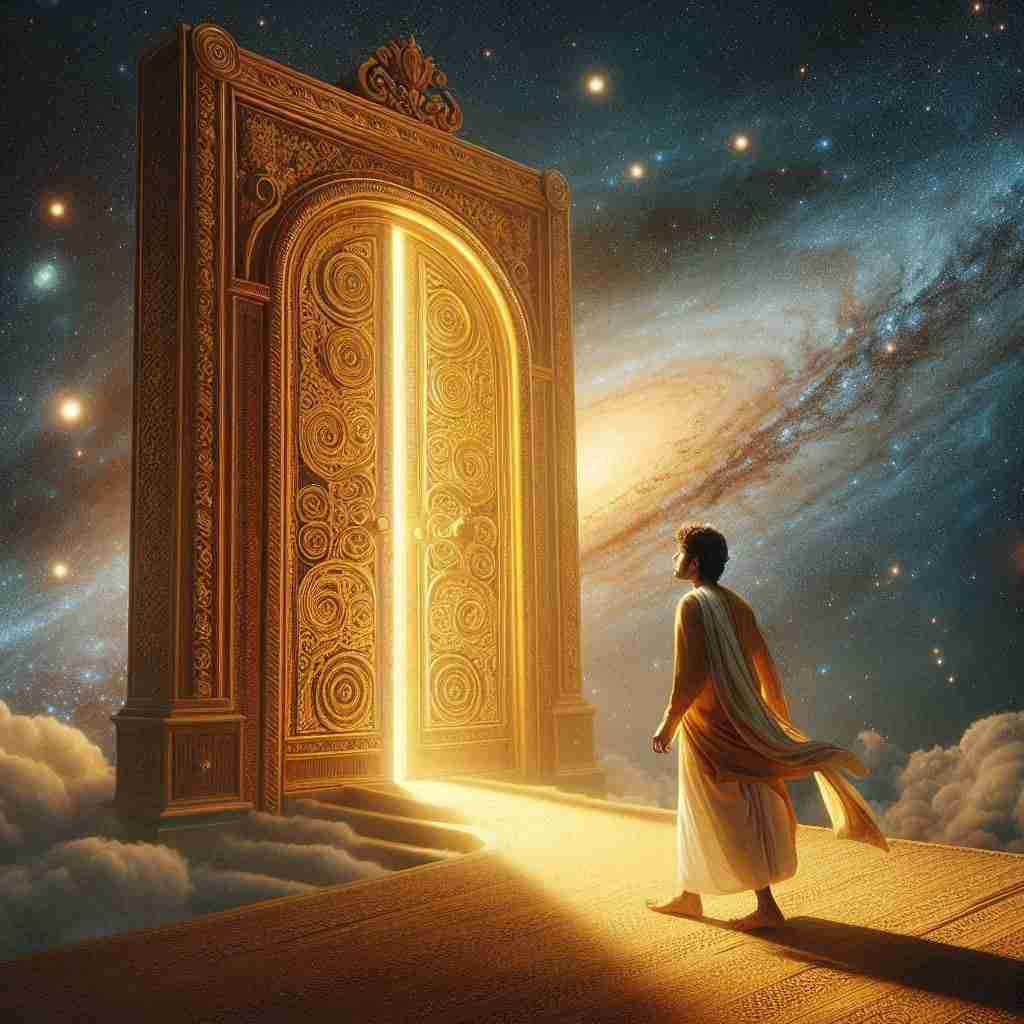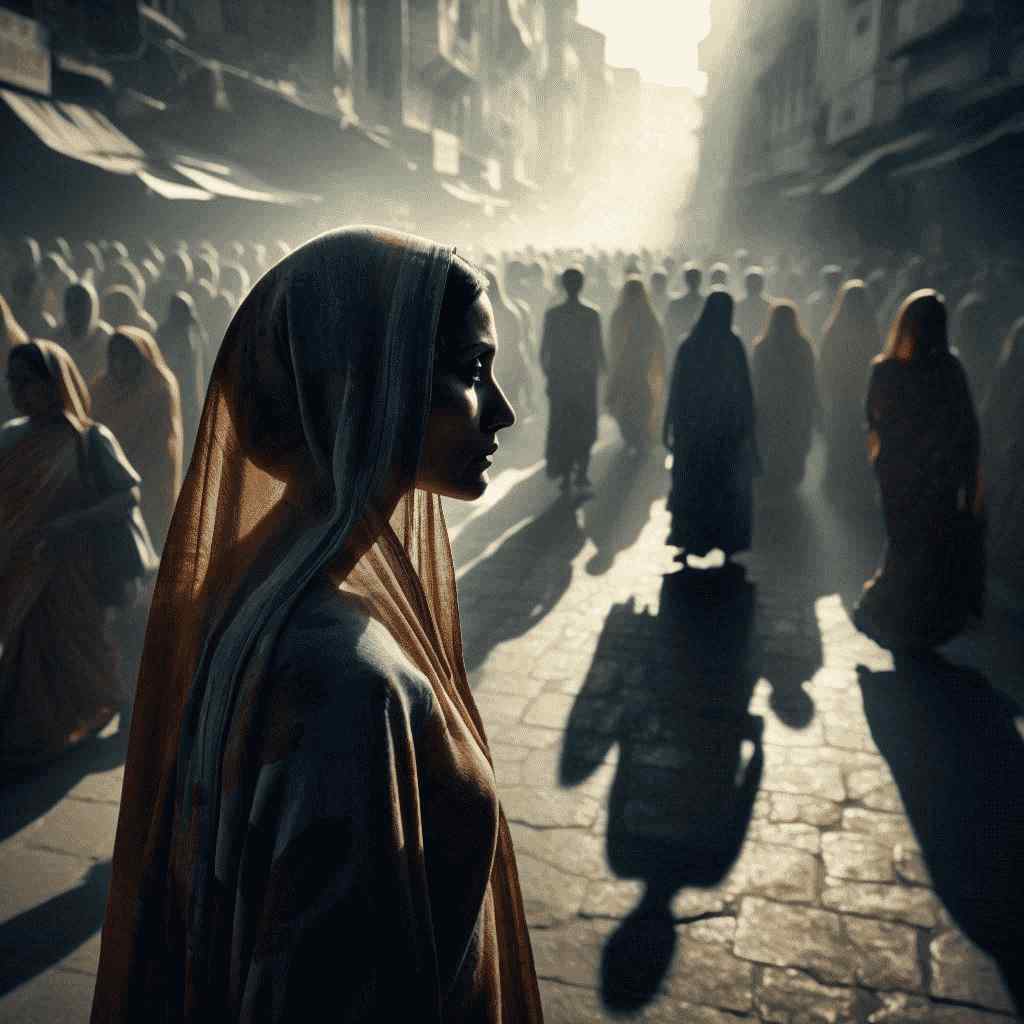2 Poems by Rabindranath Tagore
1861 - 1941
Rabindranath Tagore Biography
Rabindranath Tagore, born on May 7, 1861, in Calcutta (now Kolkata), India, was a towering figure in Indian literature and culture, whose influence extended far beyond the borders of his native Bengal. A polymath in the truest sense, Tagore was a poet, novelist, playwright, painter, philosopher, composer, and educator whose work bridged East and West, tradition and modernity.
Born into the prominent Tagore family, Rabindranath was the youngest of thirteen surviving children of Debendranath Tagore, a leader of the Brahmo Samaj, a reformist Hindu movement. The Tagore household was a crucible of cultural and intellectual activity, exposing young Rabindranath to a rich tapestry of Bengali and Western thought from an early age. This unique upbringing would profoundly shape his worldview and artistic sensibilities.
Tagore's formal education was unconventional by the standards of his time. Resistant to traditional schooling, he was largely educated at home, where he was encouraged to explore his artistic inclinations. His early exposure to Sanskrit literature, particularly the ancient Indian epics and Upanishads, would later infuse his work with a deep sense of spirituality and connection to India's cultural heritage.
Tagore began writing poetry at an early age, publishing his first substantial poems under the pseudonym Bhanusimha ("Sun Lion") when he was just sixteen. These early works, while showing promise, gave little indication of the literary giant he would become. It was in his twenties that Tagore began to develop his distinctive voice, blending elements of traditional Bengali poetry with Western influences to create a new, more accessible style.
The 1890s marked a turning point in Tagore's literary career. Works such as "Manasi" (1890), "Sonar Tari" (1894), and "Gitanjali" (1910) established him as the preeminent Bengali poet of his generation. His poetry was characterized by its lyricism, its exploration of human emotions and the natural world, and its spiritual undertones. Tagore had a remarkable ability to infuse the everyday with a sense of the divine, a quality that would later attract international acclaim.
While primarily known as a poet, Tagore was also a prolific writer in other genres. His novels, including "Gora" (1910) and "Ghare Baire" (The Home and the World, 1916), explored complex social and political issues, often focusing on the tension between tradition and modernity in Indian society. His short stories, collected in works like "Galpaguchchha" (1900-1901), are considered classics of Bengali literature, notable for their psychological insight and sensitive portrayal of human relationships.
Tagore's contributions to Indian music were equally significant. He composed over 2,000 songs, creating a new genre known as Rabindra Sangeet. These songs, which blend elements of classical Indian music with folk traditions and Western influences, remain immensely popular in Bengal and Bangladesh to this day. Many of his compositions, including "Jana Gana Mana" and "Amar Shonar Bangla," would later become the national anthems of India and Bangladesh respectively.
In 1901, Tagore founded an experimental school at Santiniketan, which would later evolve into Visva-Bharati University. This institution embodied Tagore's educational philosophy, which emphasized creativity, nature, and cultural exchange. Santiniketan became a magnet for artists and intellectuals from around the world, furthering Tagore's vision of a global cultural dialogue.
Tagore's international fame was cemented in 1913 when he was awarded the Nobel Prize in Literature, primarily for his collection of poems "Gitanjali" (Song Offerings). He was the first non-European to receive this honor, and it catapulted him onto the world stage. Tagore's Nobel acceptance speech, with its emphasis on the universality of human experience and the need for cross-cultural understanding, resonated deeply in a world still reeling from the First World War.
In the years following his Nobel Prize, Tagore traveled extensively, lecturing and reading his poetry in Europe, America, and Asia. These travels broadened his perspective and reinforced his belief in the importance of international cooperation and cultural exchange. His encounters with other great minds of his time, including Albert Einstein, H.G. Wells, and Ezra Pound, led to stimulating intellectual exchanges that often found their way into his writings.
As an artist, Tagore came to painting relatively late in life, beginning in his sixties. His visual art, like his writing, was highly original, blending elements of modernist abstraction with traditional Indian motifs. His paintings and drawings, often featuring elongated, almost calligraphic forms, have gained increasing recognition in recent years as important contributions to modern Indian art.
Tagore's political views were complex and often misunderstood. While a critic of British imperialism, he was skeptical of nationalism and warned against its excesses. His essay "Nationalism in India" (1917) presents a nuanced critique of the concept, arguing for a more inclusive, humanistic approach to social and political organization. This stance sometimes put him at odds with more militant nationalists, including Mahatma Gandhi, with whom he had a respectful but sometimes contentious relationship.
In his later years, Tagore continued to write prolifically, even as his health declined. Works from this period, such as the poetry collection "Shesh Lekha" (Last Writings, 1941), show a deepening of his philosophical concerns and a continued engagement with the major issues of his time.
Rabindranath Tagore died on August 7, 1941, leaving behind a vast and diverse body of work that continues to be studied, performed, and celebrated. His influence on Bengali literature and culture is immeasurable, and his status as a cultural icon in India and Bangladesh is unparalleled. Beyond South Asia, Tagore's writings have been translated into numerous languages, ensuring his place in world literature.
Tagore's legacy extends far beyond his literary output. As an educator, he pioneered new approaches to learning that emphasized creativity and cultural exchange. As a philosopher, he articulated a vision of human unity and spiritual freedom that remains relevant in our globalized world. As an artist, he demonstrated the possibility of synthesizing diverse cultural influences into something entirely new and original.
In the realm of literary criticism, Tagore's work has been subject to numerous interpretations and reappraisals. While initially celebrated primarily for his spiritual and lyrical qualities, more recent scholarship has focused on the complexity of his thought, his engagement with modernity, and his role as a cultural bridge between East and West.
Rabindranath Tagore's life and work embody the richness and complexity of India's encounter with modernity. A product of the Bengali Renaissance, he was at once deeply rooted in Indian tradition and open to global influences. His ability to speak to both the particular and the universal, to combine aesthetic beauty with profound insight, ensures his continuing relevance as we grapple with the challenges of the 21st century. Tagore remains not just a great Indian writer, but a truly global figure whose vision of human unity and creative freedom continues to inspire readers and thinkers around the world.
This text was generated by AI and is for reference only. Learn more
Username Information
No username is open
Unique usernames are free to use, but donations are always appreciated.
Quick Links
© 2024-2025 R.I.Chalmers (V2Melody).

All music on this site by R.I.Chalmers (V2Melody) is licensed under a Creative Commons Attribution-NonCommercial 4.0 International License.
Attribution Requirement:
When using this music, you must give appropriate credit by including the following statement (or equivalent) wherever the music is used or credited:
“Music by R.I.Chalmers (V2Melody) – https://v2melody.com”
Support My Work:
If you enjoy this music and would like to support future creations, donations are always welcome but never required.
Donate


